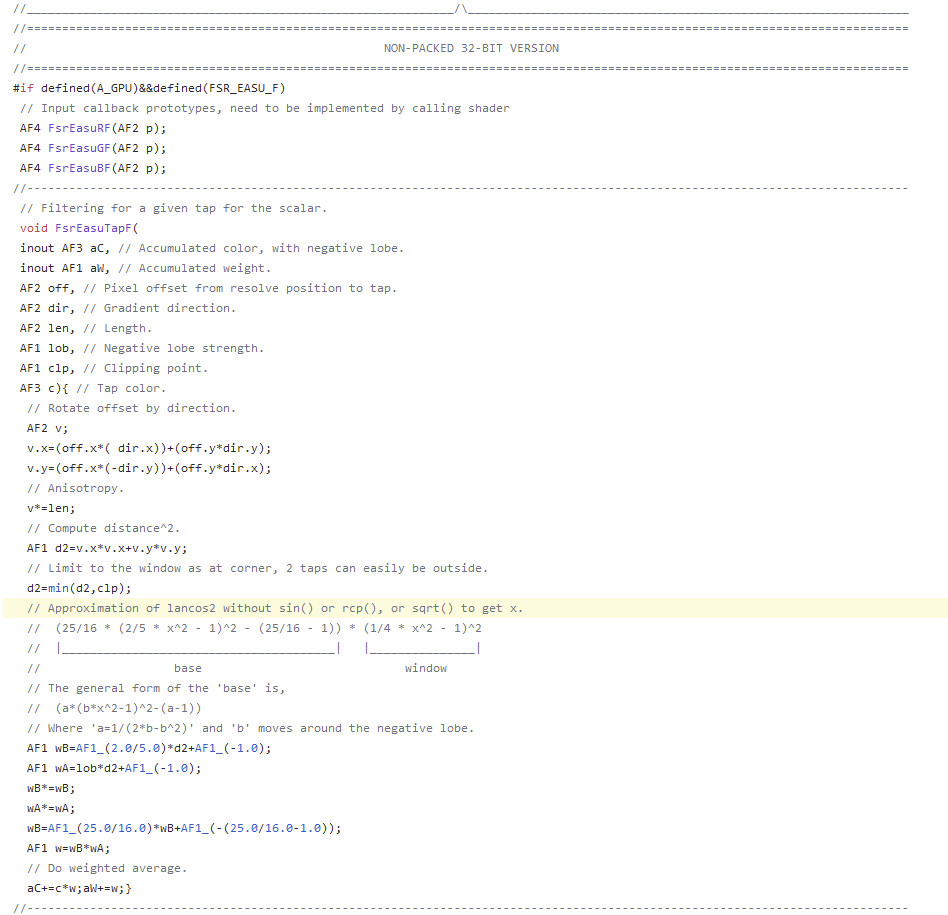We talked about this on our internal channels about it being Lanczos - it is pretty curious how FSR presentation is on the Advances in Real-Time Rendering at Siggraph for being something so... Well historically founded already. Unless there is something I am not seeing about it where the large and informative Innovation is.
I could at some point check out the capture card on NV driver for you to Show the difference!
I think it could make for an interesting comparison to see how FSR compares to NVIDIA's GPU scaling.
I don't own any games that use FSR yet - though
RE: Village is supposed to be receiving an update to support it.
It should be noted that you apparently have to activate GPU scaling in the "Manage 3D Settings" section of the Control Panel to use the enhanced scaler, rather than the "adjust desktop size and position" section. You'll see that enabling it locks out those settings.
I'd like to have done a comparison myself, but I don't have anything that could produce a high quality capture of, say, 1440p scaled to 4K in full-screen exclusive mode.
Obviously it's not ideal to be scaling the final output from the game, rather than scaling in-engine at an intermediate step, but I'm surprised to find that FSR is "just" an optimized Lanczos scaler.
I'm not sure whether all NVIDIA GPU scaling options are Lanczos-based, or something else. If they are, a higher tap filter is not necessarily better - that can introduce more ringing artifacts.
For example, this is Lanczos3 vs. Lanczos4 in madVR:




